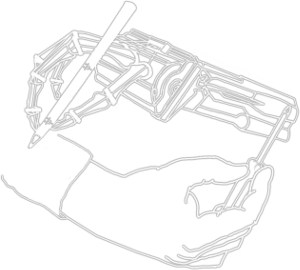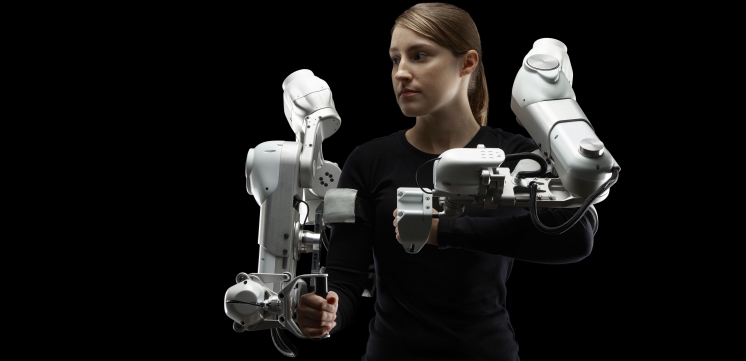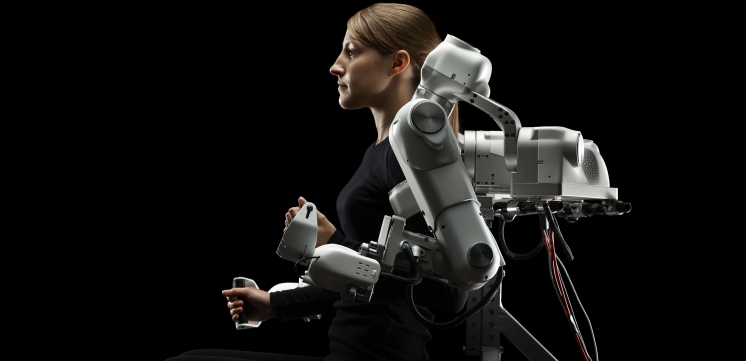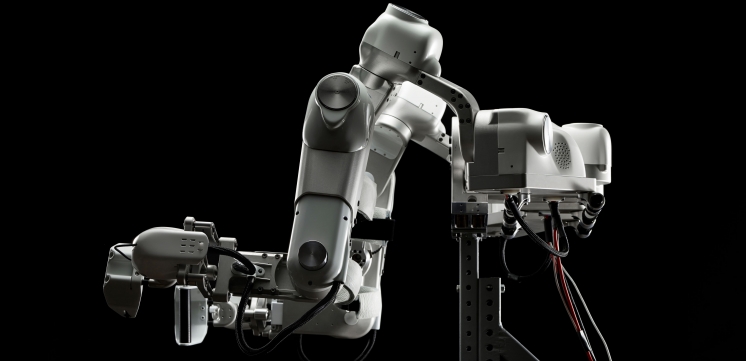A large number of patients suffer from severe disabilities resulting from stroke, and many upper body functions are severely affected. Robotic devices have the potential to play an important role as rehabilitation tools during therapy and also as assistive devices to improve life quality on this population. Harmony is a robotic exoskeleton designed for assisting with upper body movements of subjects with severe disabilities. Different from other devices, the Harmony exoskeleton has an anatomical shoulder mechanism that can provide unconstrained mobility to all the joints. It can support upper body weight and provide assistive force for patients so that they can achieve the intended motions. We are now focusing on the control of the device, using new methodologies to determine the type and amount of assistance it should provide to enhance motor recovery while keeping the wearer engaged and motivated.




